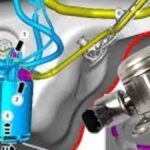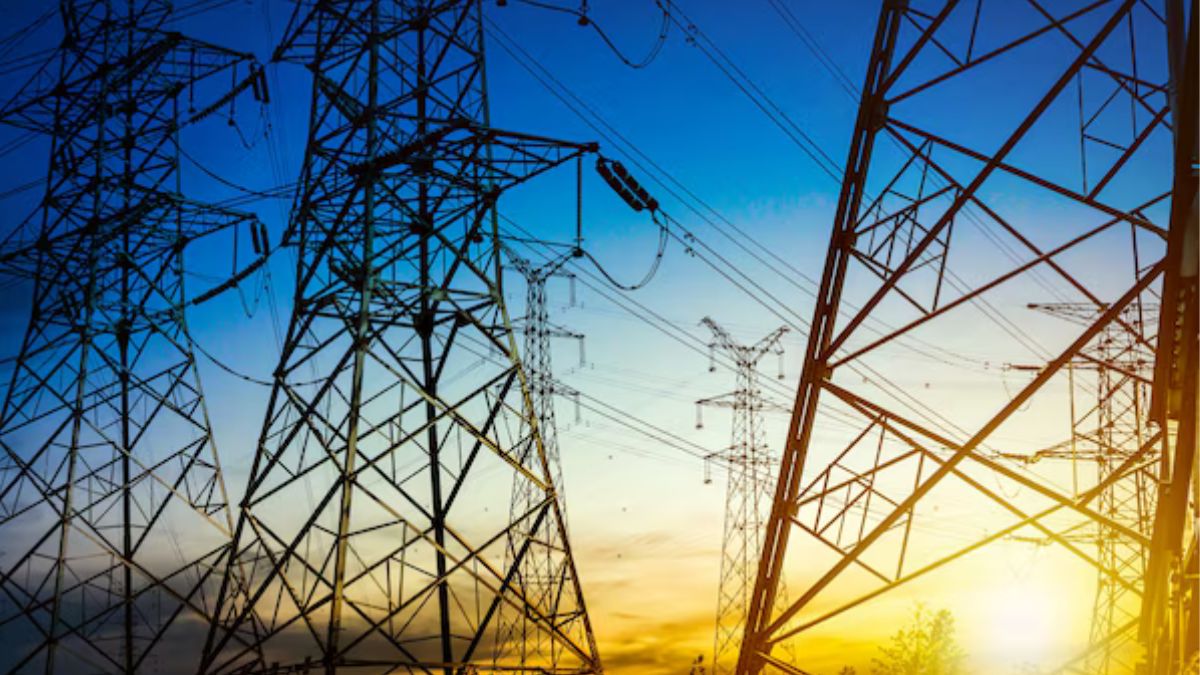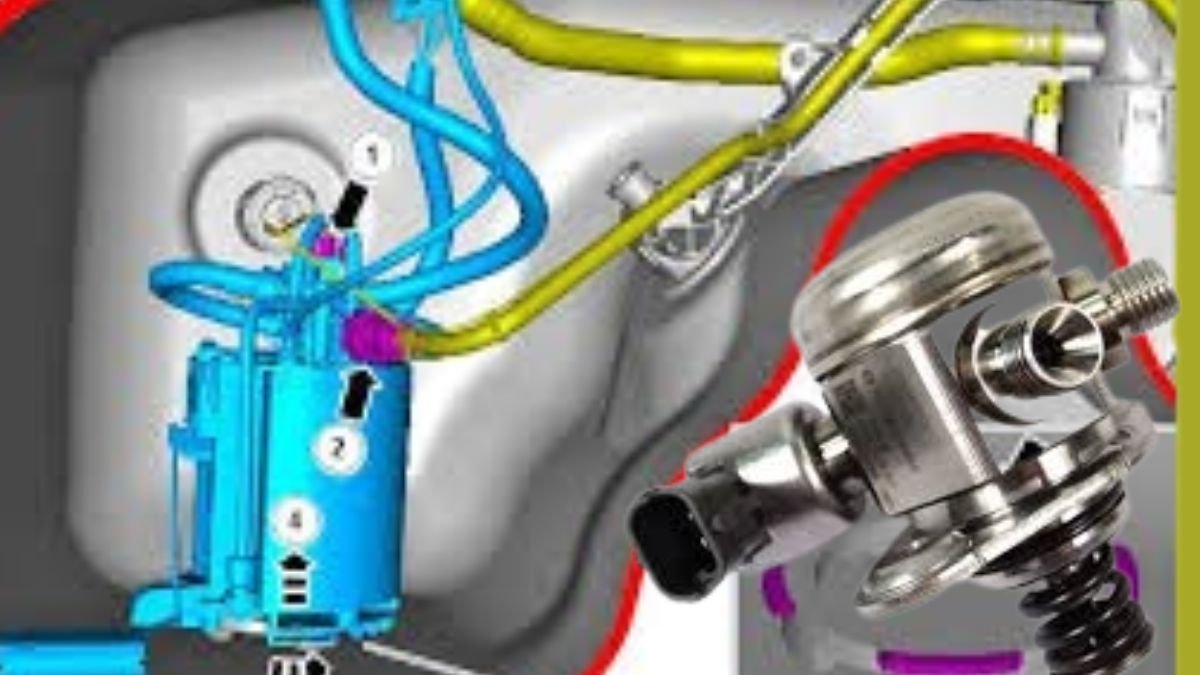The world of electrical infrastructure is a complex and dynamic field, continuously evolving with technological advancements and regulatory changes. This Powerline Blog aims to provide comprehensive insights, updates, and safety tips related to utility grids and powerline systems. Whether you are an industry professional, a researcher, or simply someone interested in understanding how our electrical grid functions.
In today’s interconnected world, the infrastructure that powers our homes, businesses, and industries is more critical than ever. A Powerline Blog serves as an essential resource for disseminating information, sharing updates on technological advancements, and providing safety guidelines. The purpose of this blog is to bridge the gap between complex electrical engineering concepts and the general public, ensuring that everyone has access to crucial knowledge about the systems that underpin modern society.
Key Topics Covered
This blog covers a wide range of topics within the realm of electrical infrastructure, including the fundamentals of powerline systems, safety tips, technological innovations, regulatory frameworks, environmental impacts, and case studies of significant projects. By providing detailed and up-to-date information, the Powerline Blog aims to educate and inform its readers, empowering them to make informed decisions and understand the intricacies of electrical infrastructure.
Understanding Electrical Infrastructure
Basics of Powerlines
Powerlines are the backbone of electrical distribution systems, responsible for transmitting electricity from power plants to consumers. They consist of high-voltage transmission lines that transport electricity over long distances and lower-voltage distribution lines that deliver power to end-users. Understanding the basic components and functions of powerlines is essential for appreciating their role in our daily lives.
Components of Electrical Infrastructure
Electrical infrastructure comprises various components, including power plants, substations, transformers, and powerlines. Each element plays a vital role in ensuring the efficient and reliable delivery of electricity. Power plants generate electricity, substations manage voltage levels, transformers adjust voltage for safe distribution, and powerlines carry electricity to homes and businesses. Together, these components form a complex network that requires careful management and maintenance.
The Evolution of Utility Grids
Historical Development
The history of utility grids dates back to the late 19th century, with the advent of electric power generation and distribution. The early days of electrical infrastructure were marked by significant innovations, including the development of alternating current (AC) systems, which allowed for the efficient transmission of electricity over long distances. As technology advanced, utility grids expanded, connecting more regions and increasing the reliability of power supply.
Modern Advancements
Today, utility grids are more advanced and interconnected than ever before. Modern advancements include the integration of smart grid technology, which uses digital communications to enhance the efficiency and reliability of electricity distribution. Additionally, the increasing incorporation of renewable energy sources, such as solar and wind power, is transforming the way utility grids operate, making them more sustainable and resilient.
Powerline Safety Tips
Common Safety Hazards
Working with or near powerlines can pose significant safety hazards. Common risks include electrical shocks, burns, and falls from heights. It is crucial to recognize these hazards and take appropriate precautions to mitigate them. Safety measures include maintaining a safe distance from powerlines, using insulated tools, and wearing protective gear.
Best Practices for Safety
Ensuring safety around powerlines involves adhering to best practices, such as conducting regular inspections, following proper procedures for handling equipment, and staying informed about safety guidelines. Training programs and safety drills are essential for preparing workers to handle emergencies and reduce the risk of accidents. Public awareness campaigns can also play a vital role in promoting safety in communities.
Innovations in Powerline Technology
Smart Grids
One of the most significant innovations in powerline technology is the development of smart grids. These advanced systems use digital technology to monitor and manage electricity flows, improving the efficiency and reliability of power distribution. Smart grids enable real-time communication between utilities and consumers, allowing for better demand response and the integration of renewable energy sources.
Renewable Energy Integration
The integration of renewable energy sources into powerline systems is a crucial step towards a sustainable future. Solar panels, wind turbines, and other renewable energy technologies are increasingly being connected to utility grids, providing clean and abundant electricity. This shift requires advancements in powerline technology to accommodate variable energy outputs and ensure a stable power supply.
Regulatory Framework and Compliance
Key Regulations
The regulatory framework governing electrical infrastructure is complex and varies by region. Key regulations include safety standards, environmental guidelines, and reliability requirements. These regulations are designed to protect public health and safety, ensure the reliability of power supply, and minimize the environmental impact of electrical infrastructure.
Compliance Strategies
Compliance with regulatory requirements is essential for utilities and companies involved in the electrical infrastructure sector. Strategies for compliance include regular audits, employee training programs, and the implementation of best practices. Staying up-to-date with regulatory changes and actively participating in industry forums can also help organizations navigate the complex regulatory landscape.
Read More: Blog Mickey Discovering Disney Magic and Theme Park Adventures











